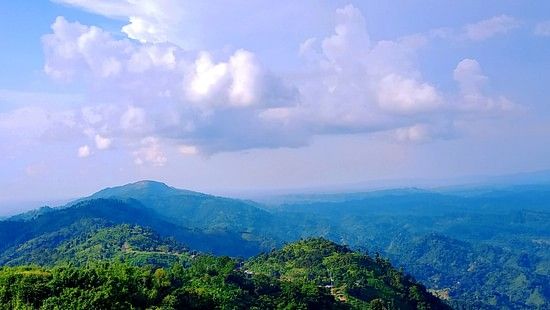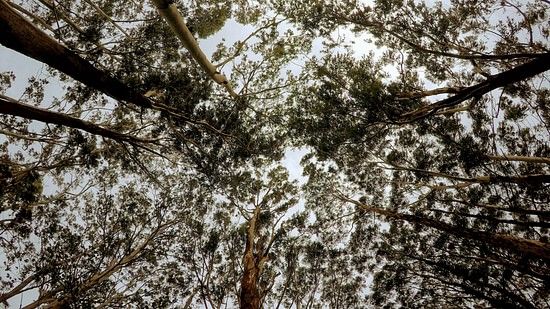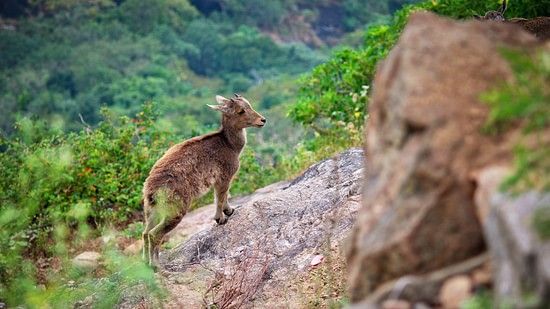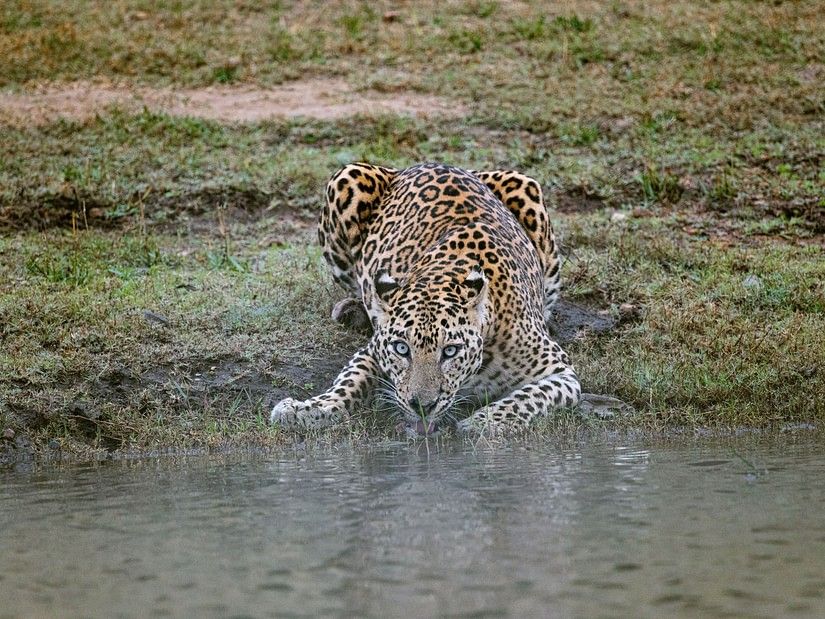- Bogeshwara - The Long-tusked Elephant
- Bheemanakolli Mahadeshwara Temple
- Kabini Riverside Resort
- Summer in Kabini
- Black Panther in Kabini
- Karnataka Tour Itinerary
- Weekend Trips from Bangalore
- Sightseeing Places in Kabini
- Mysore to Kabini
- Coorg Kabini Itinerary
- Waterfalls Near Kabini
- Kabini Boat Safari
- Resort Near Kabini River
- Tourist Places in Kabini
- Stay in Kabini Forest
- Experiencing Jungle Resorts near Mysore
- 5 Things to Do in Kabini
- Bangalore to Kabini Road Trip
- Kabini Itinerary for 3 Days
- Tiger Reserves in South India
- Kabini Travel Guide
- Best Time to Visit Kabini
- The Backwaters of Kabini
- Fauna to be Spotted in Kabini
- Romantic Getaways Near Bangalore for Valentine’s Day
- Experiencing Jungle Resorts Near Mysore
- Kabini Vs Bandipur: Which is better?
- The Jenu Kuruba Tribe of Kabini
- Exploring Kabini in Monsoon
- Karapura and the Ramayana
- Nature Walks Along River Kabini
- Jungle and River Safaris in Kabini
- The Serai Kabini
- Ecotourism in the Nilgiri Reserve
- Step into the Wonders of Nagarhole Tiger Reserve
- Boating at River Kabini
- Kabini Dam



Ecotourism, as in ecological tourism, is a fairly new aspect of globetrotting. Essentially this entails travelling to regions of natural, historical and ecological significance. The onus here lies on visitors to travel responsibly and on locals to host humbly. The magnitude of the reward is much higher than one would initially imagine. Just by building a system that minimises the physical, social and ecological impact, and raising environmental and cultural awareness, not only elevates your vacation experience, but also the quality of life for the locals, be it native settlers or the flora and fauna of the locale.
Ecotourism is an ever-expanding subject. Since the 1970s, environmentalists have been pushing this noble agenda, so that the generations to come can experience these magical destinations in all their unblemished natural beauty. The Nilgiri Biosphere Reserve is one such natural beauty that deserves to be left untampered. Not only is it the largest protected forest area in India, but it is also the first. It spans across Mudumalai, Nagarhole, Mukurthi, Bandipur, Silent Valley National Park, Kabini, Wayanad, Aralam Wildlife Sanctuary, Karimpuzha and Sathyamangalam Wildlife Sanctuary. Besides the unfathomable scale of its reach, what really sweeps visitors away is the mind-boggling spectrum of green.
Ecotourism is an ever-expanding subject. Since the 1970s, environmentalists have been pushing this noble agenda, so that the generations to come can experience these magical destinations in all their unblemished natural beauty. The Nilgiri Biosphere Reserve is one such natural beauty that deserves to be left untampered. Not only is it the largest protected forest area in India, but it is also the first. It spans across Mudumalai, Nagarhole, Mukurthi, Bandipur, Silent Valley National Park, Kabini, Wayanad, Aralam Wildlife Sanctuary, Karimpuzha and Sathyamangalam Wildlife Sanctuary. Besides the unfathomable scale of its reach, what really sweeps visitors away is the mind-boggling spectrum of green.
Established in 1986, the Nilgiri Biosphere Reserve includes 2 out of the 10 biogeographical provinces of India. The main objective here was to conserve the genetic diversity of species and restore the degrading ecosystem with sustainable development. Diversity is a byword for this region riddled with contrast. Spanning over 5,520 sq. km., it sprawls across Tamil Nadu, Kerala and Karnataka, witnessing annual rainfall ranging from 500 mm to 7000 mm and seeing a temperature fluctuation from 0 to 41 degrees Celsius over the year. To top it all off, the vegetation is an assortment of evergreen, grasslands and savannah woodlands, or in layman’s terms - too many shades of green to count!


There are over 3,300 species of flowering plants, 100 species of mammals, 350 species of birds, 80 species of reptiles, 300 species of butterflies and innumerable others that have set up a home in the Nilgiri Biosphere Reserve. Kabini is one such destination within the reserve that brims with life, of all sizes and shapes. Ecotourism in Kabini is booming, with the destination seeing travellers from all walks of life. Whether you are an adventure enthusiast, leisure traveller, wildlife fanatic or an ecological savant, there is something for everyone here, and you never realise it till you have actually been.
Kabini - once a private hunting ground for emperors and the British, is now a hub of conservation and preservation. It is synonymous with awe-inspiring landscapes and wondrous wildlife, enchanting all its visitors to a getaway like never before! To know Kabini in all its diverse magnificence with a short stay is quite difficult, but we at Serai Kabini strive to do just that. We offer refined living spaces alongside a number of experiences and activities so you can take a slice of Kabini back home with you!